How Women Can Sustain High Performance During a Critical Biological Transition.
For many professional women, midlife aligns with peak leadership, influence, and career momentum. These years represent a convergence of experience, perspective, and confidence, whether in executive roles, entrepreneurship, or strategic leadership. Yet, this same window often overlaps with a major health transition: perimenopause. It’s the phase leading up to menopause, marked by fluctuating hormones and wide-ranging physiological effects. Despite its prevalence, it remains largely unsupported and often misunderstood in the workplace.
Organizations committed to retaining and promoting midlife talent must begin to acknowledge and adapt to this reality. For women navigating perimenopause in environments that aren’t yet menopause-aware, here are evidence-based strategies to sustain well-being, productivity, and long-term career satisfaction.
Understanding the Impact of Perimenopause at Work
Perimenopause typically begins in a woman’s 40s and can last up to a decade. During this time, more than 80% of women report symptoms that can impact daily functioning. These may include:
- Sleep disruption
- Cognitive changes (e.g., brain fog, reduced concentration)
- Increased anxiety or mood shifts
- Hot flashes or temperature sensitivity
- Fatigue and reduced stress tolerance
In a 2022 UK survey, nearly 1 in 10 women left the workforce due to unmanaged menopause-related symptoms. Many others reduced hours, declined promotions, or endured ongoing performance strain, often without disclosure.
Strategies for Thriving, Even in a Menopause-Unaware Workplace
These strategies empower professional women to maintain performance while safeguarding their health and offer insight into how companies can create more inclusive systems for this life stage.
1. Prioritize Energy Management, Not Just Time Management
Perimenopause-related sleep disturbances, cortisol shifts, and metabolic changes mean that sustainable energy, not longer hours, is the new metric of success.
Best Practices:
- Establish consistent sleep routines (7–9 hours)
- Reduce caffeine and alcohol, particularly in the afternoon
- Prioritize recovery (breaks, light movement, breathwork)
2. Implement Professional Boundaries to Prevent Burnout
Midlife women often juggle leadership demands, caregiving roles, and complex emotional loads, all while navigating physiological change. Strategic boundaries protect both focus and performance.
Best Practices:
- Set defined work hours, especially when remote
- Communicate bandwidth and delegate when needed
- Decline non-essential meetings or projects without an apology
3. Communicate Strategically and Proactively
Many workplaces don’t have menopause policies in place, but that doesn’t mean conversations are off the table. Framing the discussion as a performance optimization issue, not a personal crisis, can open doors to support.
Suggested Approach:
“I’m navigating a health transition that intermittently affects focus and energy. I’d like to explore small workflow adjustments to maintain productivity.”
4. Support Cognitive Resilience
Hormonal fluctuations influence neurotransmitters tied to memory, mood, and focus. These changes are temporary but can be frustrating and disruptive.
Best Practices:
- Break complex tasks into focused 60–90 minute work blocks
- Use planning tools and time-blocking for task clarity
- Prioritize cognitively demanding work during peak energy hours
5. Leverage Midlife Strengths and Institutional Knowledge
While some cognitive functions fluctuate, others, like decision-making, pattern recognition, and emotional intelligence, sharpen with age. Women in this stage often lead with clarity, confidence, and resilience.
Encouraging women to own these strengths and creating workplace cultures that value them is a leadership asset.
6. Build Systems of Support and Sponsorship
Isolation during this transition amplifies stress. Connection to peer groups, mentors, or coaches can provide emotional support and strategic perspective.
Best Practices:
- Encourage participation in leadership networks for midlife women
- Consider internal resource groups or roundtables
- Offer coaching or confidential well-being support
What Can Employers Do?
Forward-thinking companies are beginning to recognize perimenopause as a workplace health issue, not a private burden. Key actions include:
- Creating flexible work options
- Training managers to respond with empathy and discretion
- Including menopause in wellness, or occupational health frameworks
- Offering evidence-based resources (e.g., access to hormone-literate health providers)
By acknowledging this critical transition, companies position themselves to retain top talent and create psychologically safe environments for all employees.
Final Thoughts: Perimenopause Is Not a Productivity Crisis, It’s a Catalyst for Smarter Work
Women in perimenopause are not “slowing down”, they are adapting to a changing internal landscape while continuing to lead, build, and innovate. When workplaces support this phase with empathy, flexibility, and evidence-informed policies, everyone wins.
The business case is clear: empowered women drive performance. Supported women stay.
Want to Learn More?
If you run a team, manage a company, or design wellness programs, this blog is your must-read.
Women in their 40s and beyond are leaving the workforce not because they’ve lost their edge… but because no one is talking about what they’re going through.
If this article resonated with you, share it with a colleague, manager, HR partner, or anyone in a position to make change. These conversations matter and they’re long overdue.
We’d also love to hear your thoughts.
What changes would you like to see in the workplace when it comes to supporting perimenopause?
Join our free private Facebook group, The Joy of Menopause, and share your feedback or your story. You’re not alone, and your voice can help shape the future of work for women everywhere.
